QuestionI brought my six year old ragdoll into the vet on tuesday evening for her annual check-up. She was in perfect health. At the time she was due for her rabies shot. When we got home she was okay but wednesday she stayed in bed all day and didn't really want to eat or drink. By 3:30 a.m. this morning I got her to eat a little, drink some and she used the litter box. She is really sore at the injectin site - seems to be limping and can't jump onto her normal spots. Also, when you touch her at the spot she gives a loud meow. Is this normal? I am really upset as she is the light of my life and is usually very social, and will play with you all night long if you let her. Please help.
Thank you!
AnswerHi Susan!
There is definetely something wrong with your cat.She may have had a reaction to the shot or there was something in the shot she didn't like or was allergic to.I would highly recommend taking your cat back to your veterinarian so he can help your cat.There are many things that could be wrong with your cat.
Your cat is six years old now and she just got her shot now.She may have got her shot a little late and she could have something wrong.
She should get her first Rabies vaccination when she is 12 weeks old.
She should get her second Rabies vaccination when she is 64 weeks old.
She should get her abies Revaccination Interval when she is 12 or 36* months old.
Anything thing that I mentioned above me could be true.It would be best though to take your cat to the vet to find out the true illness of your cat and treat it properly.Without seeing your cat,I cannot really help him or prescribe medication!
It's so much better and easier on the animal to prevent problems than to cure them.To help keep problem from getting serious,you need to catch them early.Peolpe who watch their pets and are familiar with what's normal can sometimes tell,even before obvious signs appear,that there's something wrong.Vets recommend giving your pet a nose-to-tail checkup every week.It doesn't take more than a few minutes,and it can help prevent problems-and expenses-down the road.
Start with a body rub.This relaxes the pet and starts the experience out on the right foot.In addition,your fingers may discover things that the eyes can miss.
*Flaking or scabs.They can be a sign of parasites,allergies or a skin disorder.
*Lumps and bumps.These are usually a normal part in aging in pets,but sometimes they can indicate that something is seriously wrong.Catching them early can help your pet immensely.
*The vertebrae.If you can esily feel all the nooks ans crannies in your pet's backbone,perhaps something is causing him to lose weight.If you can't feel the backbone at all,however,he may be too plump.
*Swelling.Depending on where it occurs,this can be a warning sign of parasites,heart trouble or even cancer.
Listen to his breathing.Unless your pet is panting,his breathing should be smooth and quiet.If it's labored,raspy or rattling,she could have a respiratorycv problem that need to be checked out.
Check her pulse.The heartbeat should be strong and regular.To check you pet's pulse,place your hand against her chest near her left elbow.Count the number of heartbeats in 15 seconds,then multiply by four.In cats,the pulse generally runs about 120 beats a minute.For dogs,the rate ranges between 60 and 160 beats. (The heart always beats faster in puppies and kittens.) If your pet's pulse is considerably higher or lower than these rates,call your vet for advice.
Examine the ears.They should be light pink and cliean.A foul discharge or redness could be a sign of infection.
Examine the eyes.They should be sparkly and clear.Swelling,squinting,redness or discharge could indicate eye problems such as conjuctivitis or glaucoma.
Look in the mouth.Healthy gums are usually pink,although in some pets they're naturally brownish-black.If you press the gums,they should quickly return to their usual colour.While you're in there,take a look around for lumps are other irregularities.Check to see if the teeth are covered with yellowish tartar.Then take a sniff.Your pet's breath shouldn't knock your socks off.In general,keep a sharp eye out for day-to-day changes-in appetite,gait,bowel movements or general behavior.If you notice something worrisome,call your vet for advise.
Accidents can't always be prevented (that's why they're called accidents),but by being prepared you can you can help keep small problems from turning into big ones.Having a first-aid kit at home can be of substantial assistance.You can but firt-aid kits at pet stores.Or you can stock your own.Here's what it should include.
*Your vet's telephone number,plus the number of an emergency weekend or nighttime vet
*A veterinary first aid manual such as Emergency Care for Cats and Dogs
*Gauze rolls or pads
*Adhesive tape
*Absorbent cotton
*Scissors,preferably with rounded tips
*Hydrogen peroxide
*Antibiotic ointment
*Hydrocortisone ointment
*Eyewash
*Tweezers
*Rectal thermometer
*Syringe (without the needle)for giving oral medications
*Antihistamine liquid
I hope this has been helpful and I wish you the best of luck!Please me posted and give that Cat girl millions of kisses for me!Sending wagging tails your way!
Nicole
Nicole

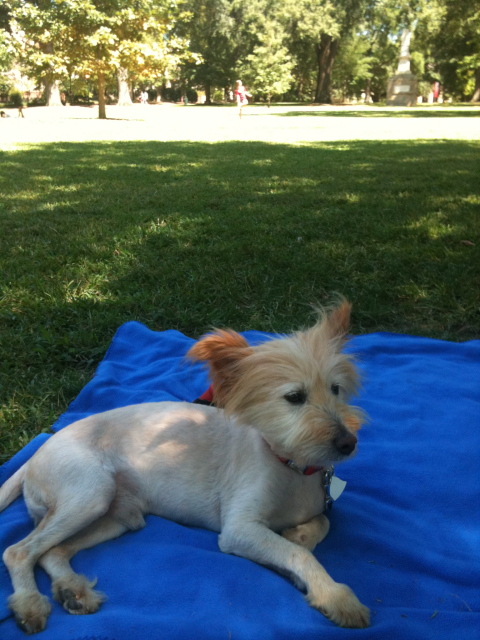 Heartworm treatment side effects
Question
Charlie
My dog, Charlie, is a 30lb. mut
Heartworm treatment side effects
Question
Charlie
My dog, Charlie, is a 30lb. mut
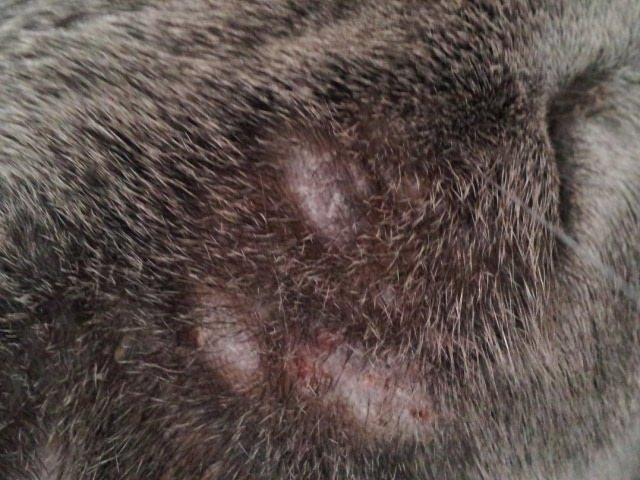 Cats play fighting
Question
Brunos scratches Brunos scratches
Cats play fighting
Question
Brunos scratches Brunos scratches
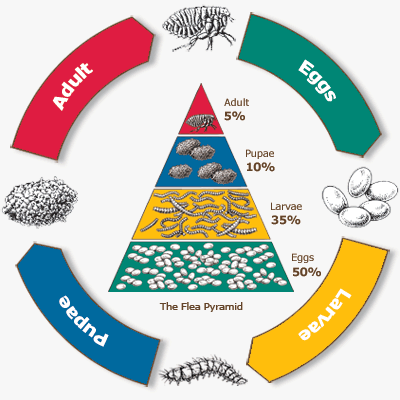 Flea control and scratching.
QuestionIve got a 1/2 Chow, 1/2 Black Lab and Ive used
Flea control and scratching.
QuestionIve got a 1/2 Chow, 1/2 Black Lab and Ive used
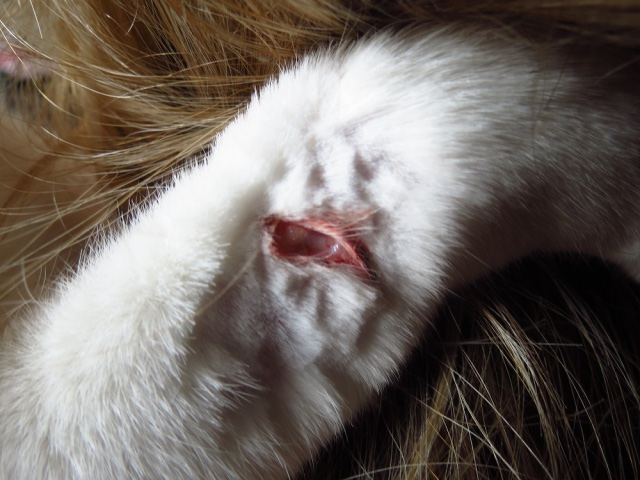 Cat with cut on front leg
Question
The cut
Hi, this morning I noticed that
Cat with cut on front leg
Question
The cut
Hi, this morning I noticed that
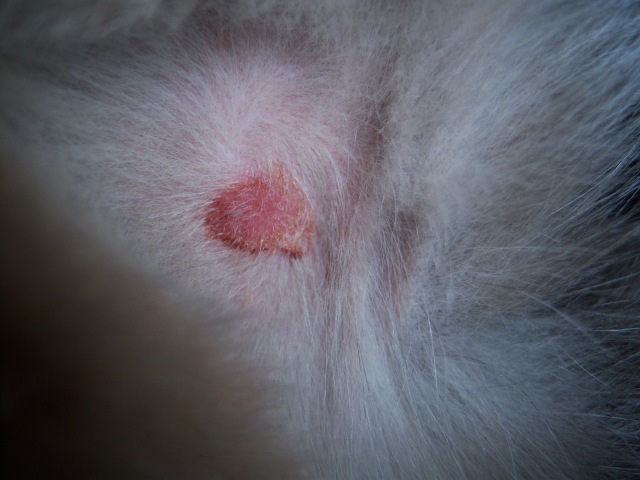 Skin (allergy) issues
Question
Licking sore
Tao my cat is about 9 years old,
Skin (allergy) issues
Question
Licking sore
Tao my cat is about 9 years old,